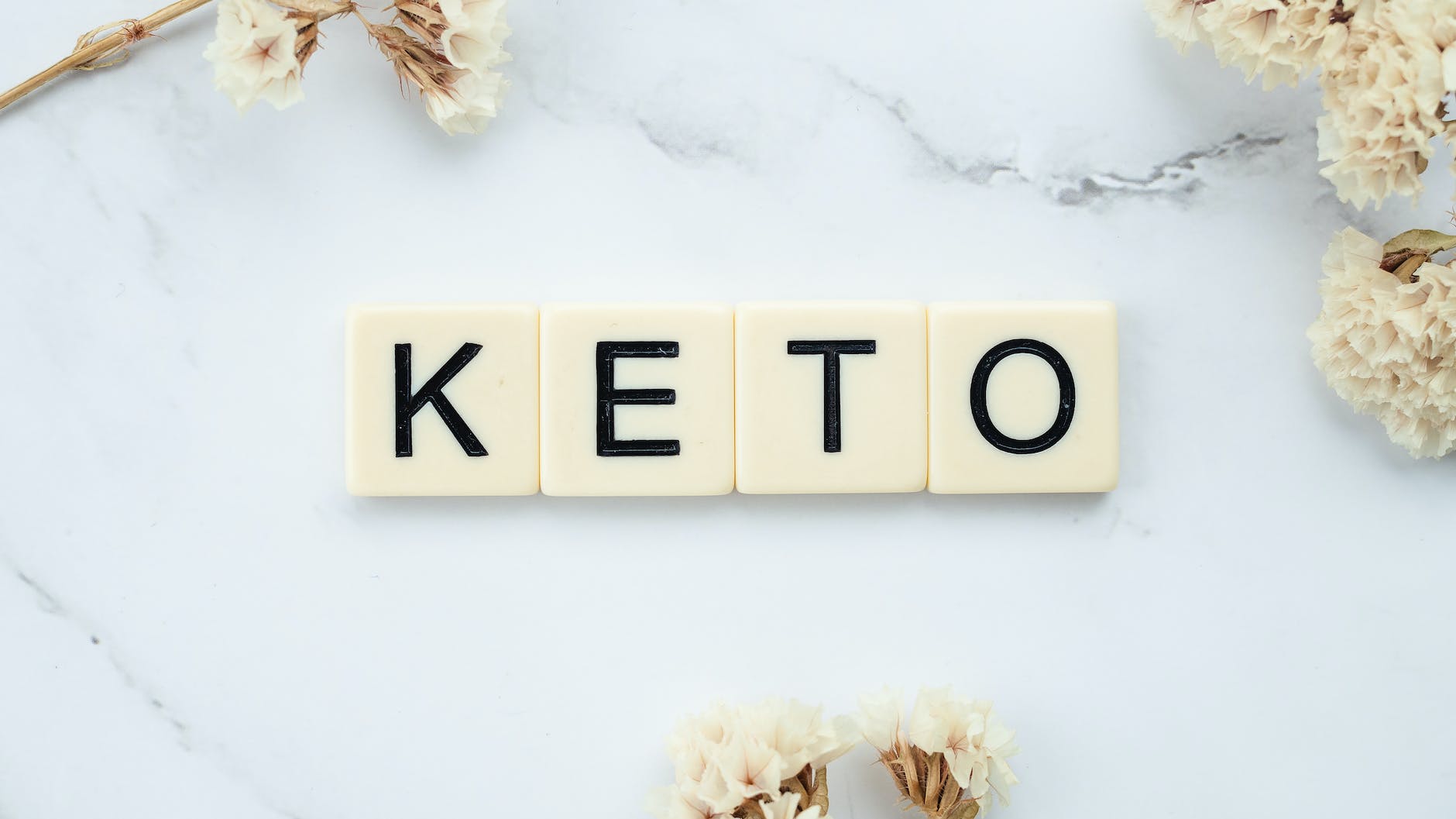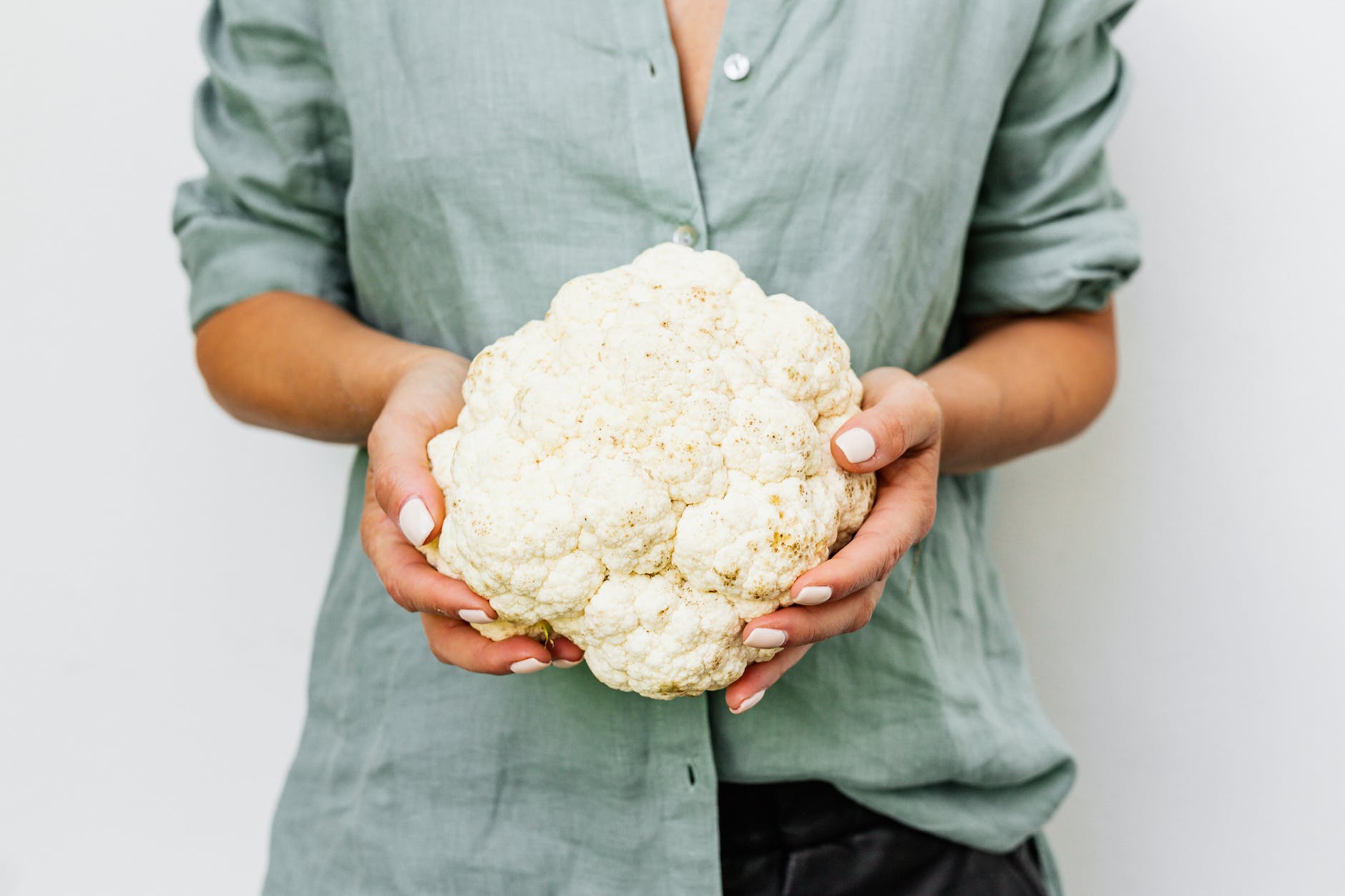
Welcome to the transformative world of natural healing! If you’re battling an autoimmune disorder or any inflammatory condition, you’re not alone. Millions of people worldwide are affected by autoimmune diseases, where the body’s immune system mistakenly attacks its own cells. Inspired by the video “The 5 Best Ways to Treat Autoimmune Disease Naturally” by Dr. Eric Berg DC, this post will provide you with a holistic approach to treating autoimmune diseases naturally.
Autoimmune disorders can be challenging to manage, but understanding the root cause and adopting a holistic approach can significantly improve your quality of life. Let’s dive deeper into understanding autoimmune diseases and how to treat them naturally. 🌱
🔬 Understanding Autoimmune Diseases
Autoimmune diseases are conditions where the body’s immune system mistakenly attacks its own cells. This can lead to inflammation and damage in various parts of the body. There are more than 80 different types of autoimmune diseases, including type 1 diabetes, rheumatoid arthritis, and lupus.
Many autoimmune disorders are often linked to a condition known as leaky gut or intestinal permeability. This happens when the intestinal barrier, which normally keeps pathogens out, becomes compromised, allowing pathogens and other harmful substances to pass through. This can trigger an autoimmune response. A protein called zonulin regulates intestinal permeability and is typically elevated in autoimmune diseases. 🦠
🍽️ Best Foods for Autoimmune Conditions
To manage autoimmune diseases, we need to focus on foods that strengthen the intestinal barrier and keep zonulin in check. Here are the top five foods recommended by Dr. Berg:
- Probiotic Foods: Probiotics are beneficial bacteria that can help support your microbiome, which plays a crucial role in regulating zonulin and maintaining gut health. Foods like sauerkraut, kimchi, kefir, or a probiotic supplement can help support your microbiome. 🥬
- Fermented Vegetables: These are another great source of probiotics. Fermented vegetables like pickles, sauerkraut, and kimchi can help balance your gut flora and support immune health. 🥒
- Foods High in Sulforaphane: Sulforaphane is a compound found in cruciferous vegetables that has been shown to have powerful health benefits, including anti-inflammatory and antioxidant effects. Foods high in sulforaphane include broccoli sprouts, broccoli, cabbage, and kale. 🥦
- Foods High in Glutamine: Glutamine is an amino acid that plays a crucial role in gut health. It helps repair the gut lining and reduce inflammation. Foods like red cabbage, grass-fed beef, eggs, and fish are high in glutamine. 🥩🥚🐟
- Foods High in Omega-3 Fats: Omega-3 fats are essential fats that have powerful anti-inflammatory effects. Foods like cod liver oil, salmon, and sardines are rich in omega-3 fats, which are beneficial for gut health. 🐟
⚠️ Things to Avoid
If you have an autoimmune disorder, there are certain things you should avoid, including glucose, fructose, alcohol, vegetable oils, and trans fats. These can increase zonulin and contribute to intestinal permeability, exacerbating autoimmune conditions. 🚫
💊 Important Nutrients
Certain nutrients are particularly beneficial for those with autoimmune conditions. These include:
- Zinc: This essential mineral is crucial for the immune system and can help repair the gut lining.
- Vitamin D: Often known as the “sunshine vitamin,” Vitamin D is vital for immune health. Many people with autoimmune diseases are deficient in Vitamin D.
- Vitamin A: This vitamin is essential for maintaining the health of your gut lining and supporting immune function.
These nutrients can be obtained from a balanced diet, but in some cases, supplementation may be necessary. Always consult with a healthcare provider before starting any new supplement regimen. 💊
Remember, the journey to a healthier lifestyle starts with a single step. Start incorporating these foods into your diet today and embrace the transformation that awaits you! 🌈
All credit for this comprehensive guide goes to Dr. Eric Berg DC. Be sure to check out his video, “The 5 Best Ways to Treat Autoimmune Disease Naturally”, for more details and inspiration. 📺













